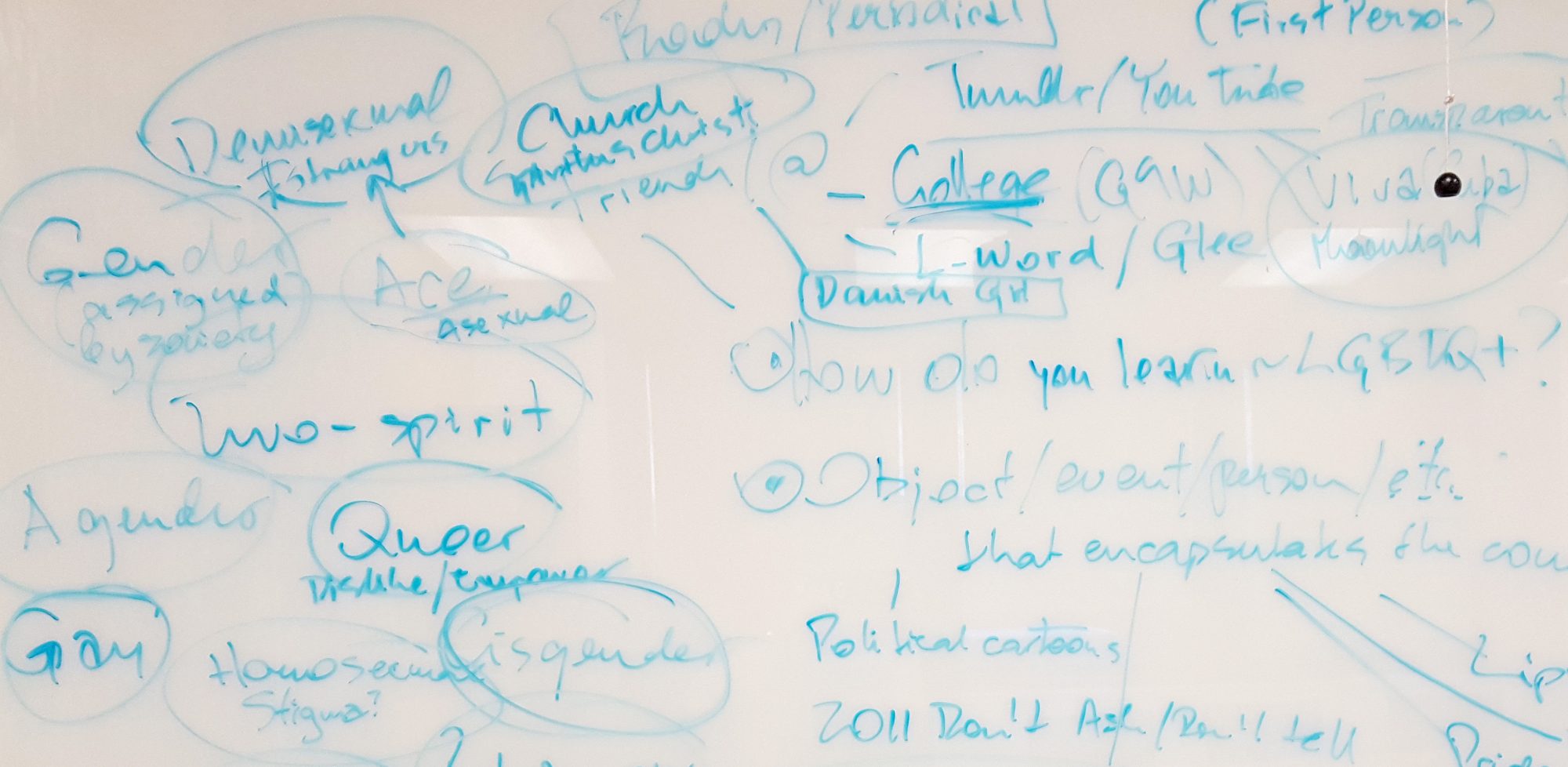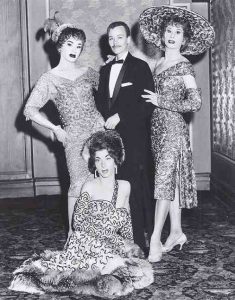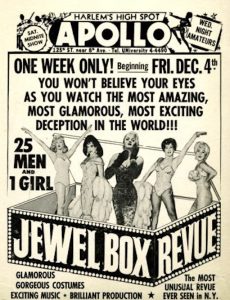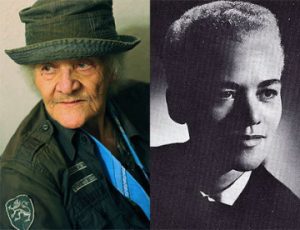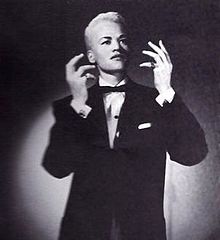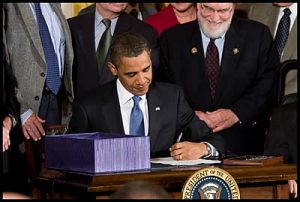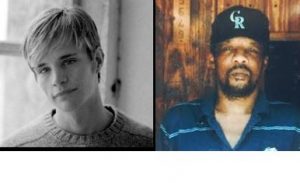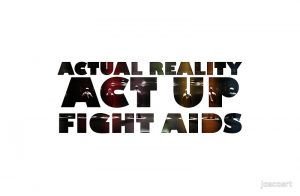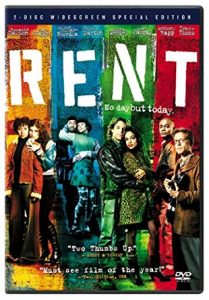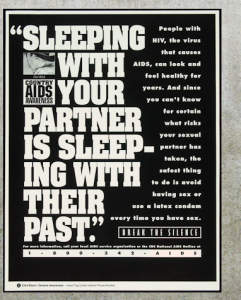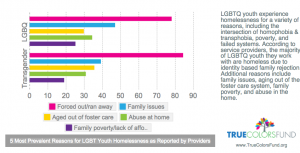For my final post for my LGBTQ+ Experiences in US history class, I decided to focus on a person. The person I chose in none other than the fabulous, Stormé DeLarverie! I first became interested in the life of Stormé DeLarverie during a documentary that we watched for class, Major! In that documentary, I learned about a trans women by the name of Major who worked their whole life to advocating for Trans equality and representation which the LGBTQ+ movement. But Major also mentioned the ever so dreamy, Stormé DeLarverie. Stormé was a self identified butch lesbian who scuffled with police during the ever famous Stonewall incident. Many often describe this moment in LGBTQ+ history as a”riot” but according to Stormé, “ It was a rebellion, it was an uprising, it was a civil rights disobedience – it wasn’t no damn riot!” Stormé’s father was white and her mother was an American American servant, working for her father’s family. Growing up in a time where mixed race children were shunned, Stormé often found herself the victim of bullying and harassment. After discovering that she was gay at the age of 18, DeLarverie sought of life of liberation and self expression. From 1955-1969 Stormé toured with the black theater circuit as the MC and ONLY drag king of the Jewel Box Revue; which was North America’s first racially integrated drag revue. This would also be the location where Major and Stormé would meet and become coworkers on the show. Stormé’s strikingly handsome presence inspired countless other lesbians of the time to adopt what was formerly considered, “men’s clothing.” As an entertainer, fashion icon, and political activist, Stormé was a force to be reckoned with. I deeply admire her for her perseverance and service to the LGBTQ+ movement, the deconstruction of gender stereotypes, and the representation of mixed race participation in the LGBTQ+ community. <3
#stormédelarverie #stonewallriots #jewelboxrevue #mixedrace #dragkings
